The Ghost Cat That Haunts Asia’s Highest Peaks
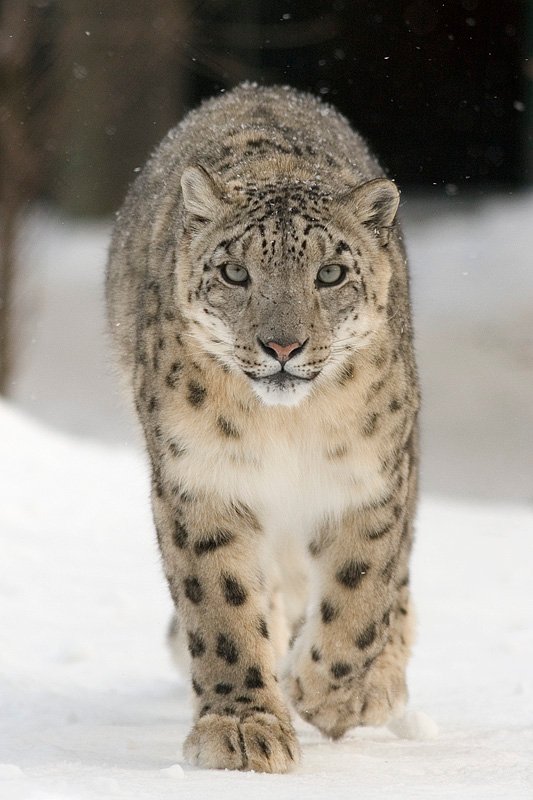
High in the mountains of Central Asia, where oxygen grows thin and temperatures plummet below -40°F, lives one of nature’s most elusive predators. The snow leopard has earned its reputation as the “ghost of the mountains” through an almost supernatural ability to remain unseen.
These magnificent cats possess an uncanny talent for disappearing in plain sight, even when wildlife cameras capture their presence. Their stealth is so profound that researchers often joke about having photographic evidence of a cat that shouldn’t exist.
Fur That Becomes the Mountain Itself
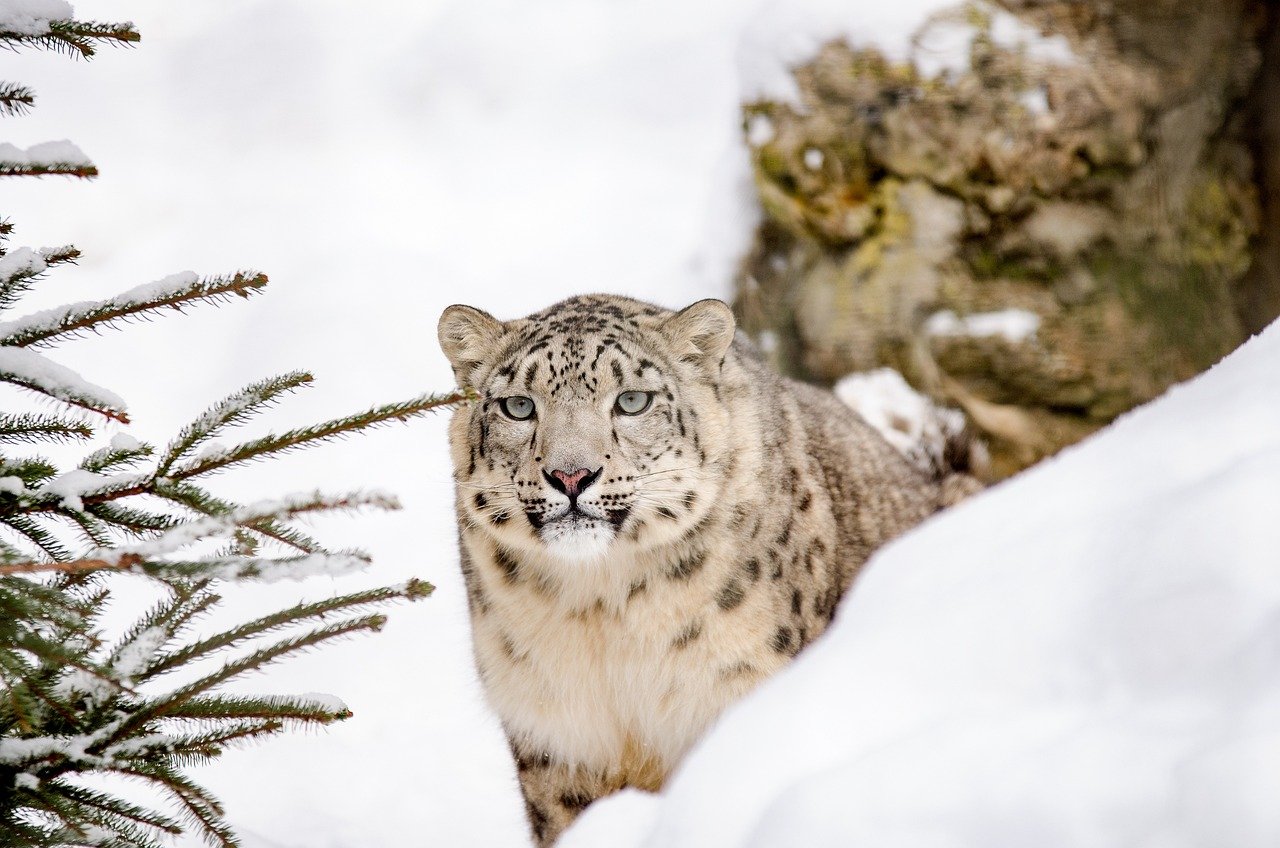
A snow leopard’s coat is nature’s masterpiece of camouflage. The pale gray base color, dotted with dark rosettes and spots, perfectly mimics the rocky, snow-dusted terrain of their mountain habitat.
The pattern isn’t random – it’s evolution’s solution to survival. Each rosette breaks up the cat’s outline against jagged rocks and scattered boulders. When a snow leopard crouches motionless, it transforms into another piece of the mountain landscape.
Even experienced wildlife photographers struggle to spot these cats until they move, despite staring directly at them through camera lenses.
Paws Built for Silent Stalking
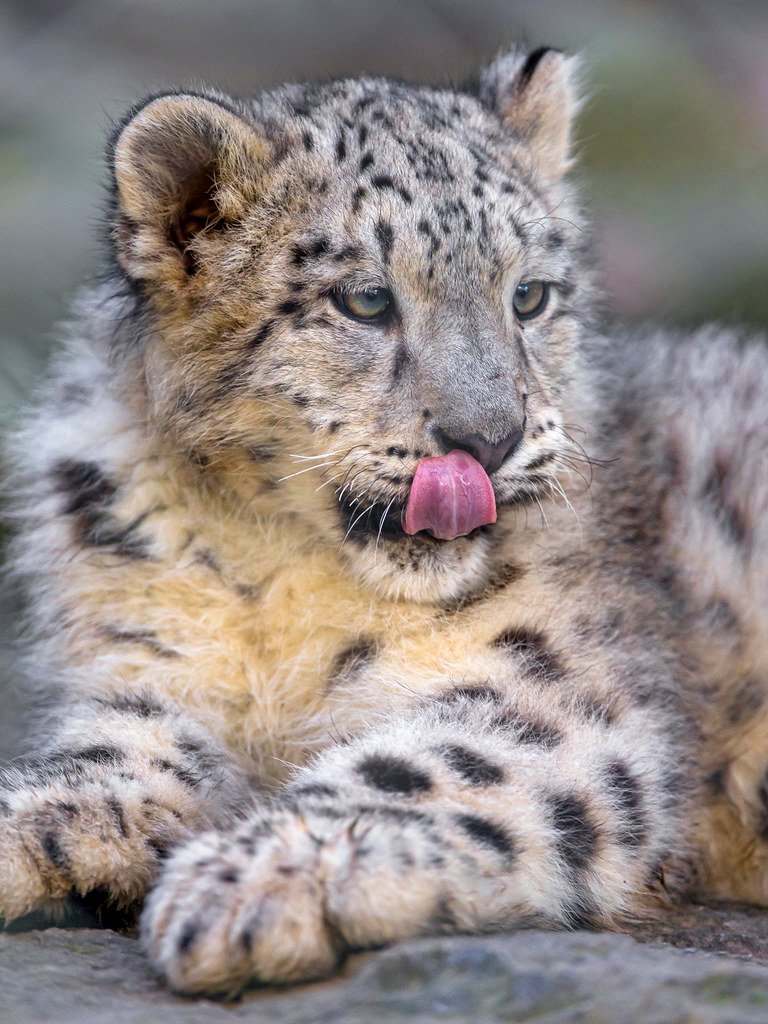
Snow leopards possess oversized paws that function like natural snowshoes, distributing their weight across soft snow and loose scree. These massive paws, nearly twice the size of other big cats, allow them to move without creating the deep tracks that would alert prey.
The thick fur between their toes acts as both insulation and sound dampening. While other predators crunch through snow and send rocks tumbling, snow leopards glide across terrain with ghost-like silence.
The Tail That Defies Physics

A snow leopard’s tail stretches nearly as long as its entire body, serving as both balance beam and invisibility cloak. This remarkable appendage allows them to navigate narrow cliff ledges with the grace of a tightrope walker.
When resting, they wrap this thick, furry tail around their body like a living blanket, further obscuring their outline. The tail’s movement patterns help break up their silhouette, making them appear as shifting shadows rather than solid forms.
Eyes That See Everything While Revealing Nothing
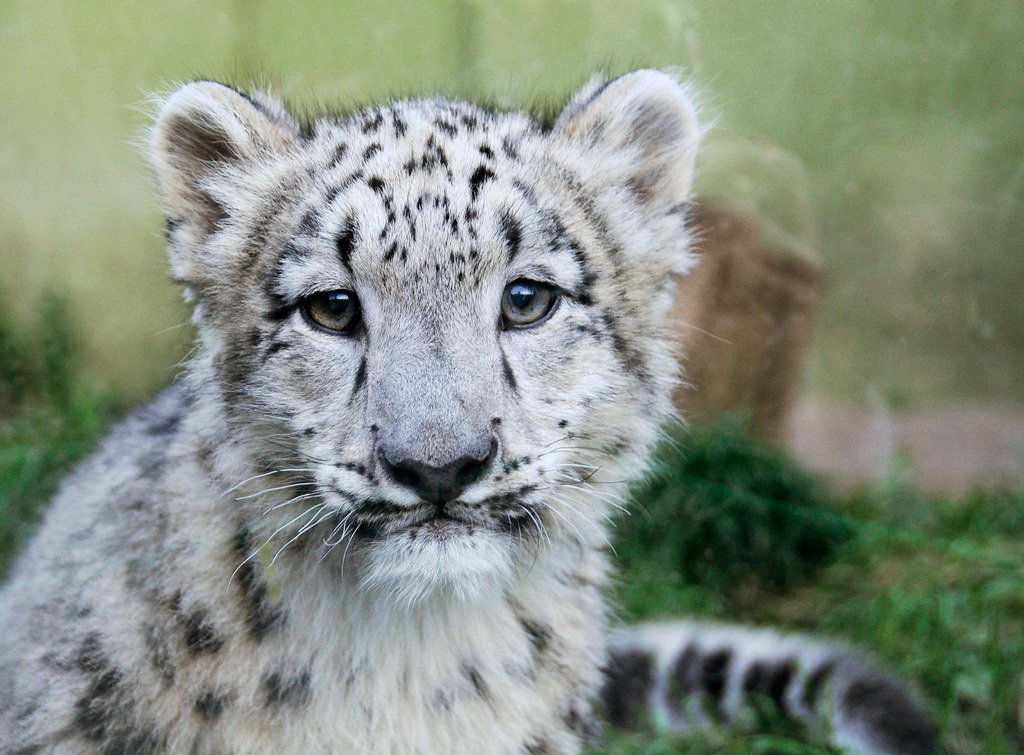
Those piercing pale green or gray eyes aren’t just beautiful – they’re precision instruments. Snow leopards can spot movement from incredible distances, often watching potential prey or threats long before being detected themselves.
Their forward-facing eyes provide exceptional depth perception, crucial for judging distances when leaping across mountain crevasses. Yet these same eyes reflect minimal light, avoiding the telltale shine that betrays other nocturnal predators.
Wildlife cameras frequently capture images of snow leopards staring directly into the lens, as if they knew they were being watched all along.
The Art of Vertical Vanishing
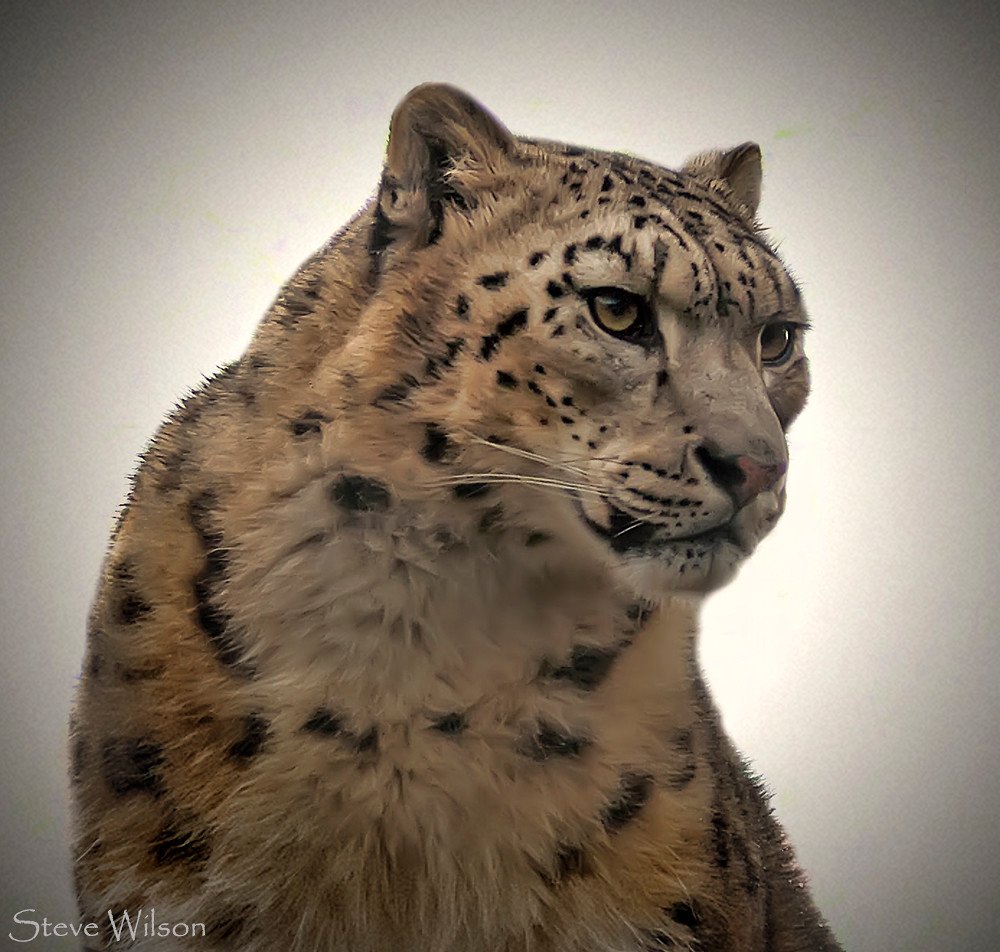
Snow leopards don’t just disappear horizontally – they master three-dimensional invisibility. These cats can leap vertically up to 50 feet, essentially teleporting from one rocky outcrop to another.
Their incredible jumping ability means they can exit a scene by literally going up and over obstacles that would stop other predators. One moment they’re visible on a ledge, the next they’ve bounded up a seemingly impossible cliff face and vanished.
Breathing Thin Air Like It’s Nothing
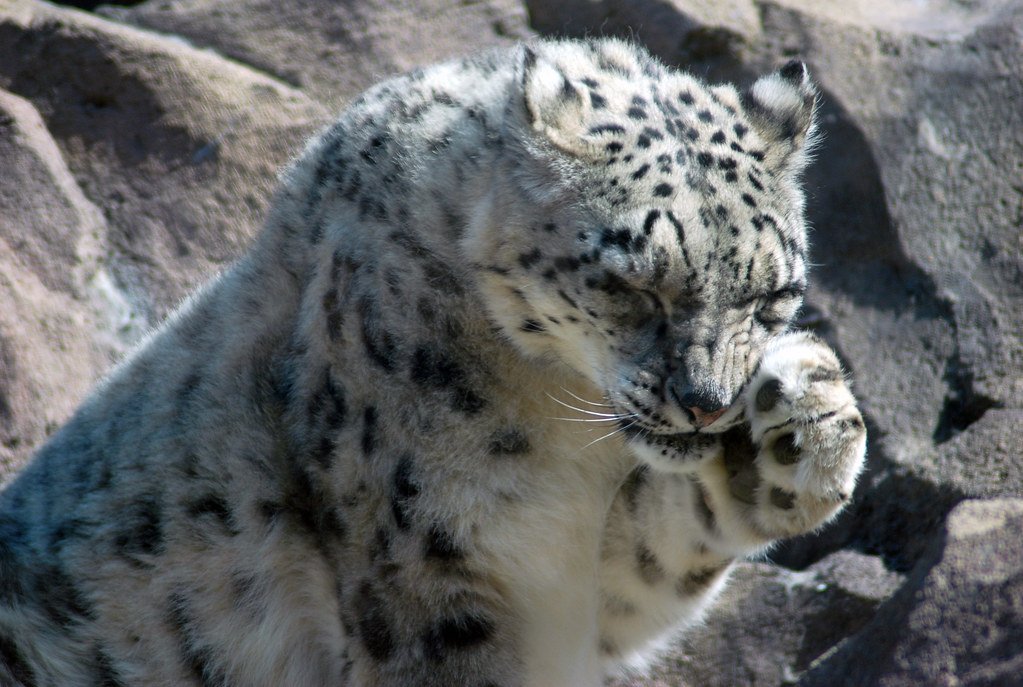
While humans struggle with altitude sickness above 8,000 feet, snow leopards thrive at elevations reaching 18,000 feet. Their enlarged nasal cavities warm frigid air before it reaches their lungs, while specialized blood chemistry carries oxygen more efficiently.
This high-altitude advantage means they can hunt in environments where few other predators can function. They literally live above the competition, making their mountain fortresses nearly impenetrable refuges.
Hunting Strategies That Defy Detection
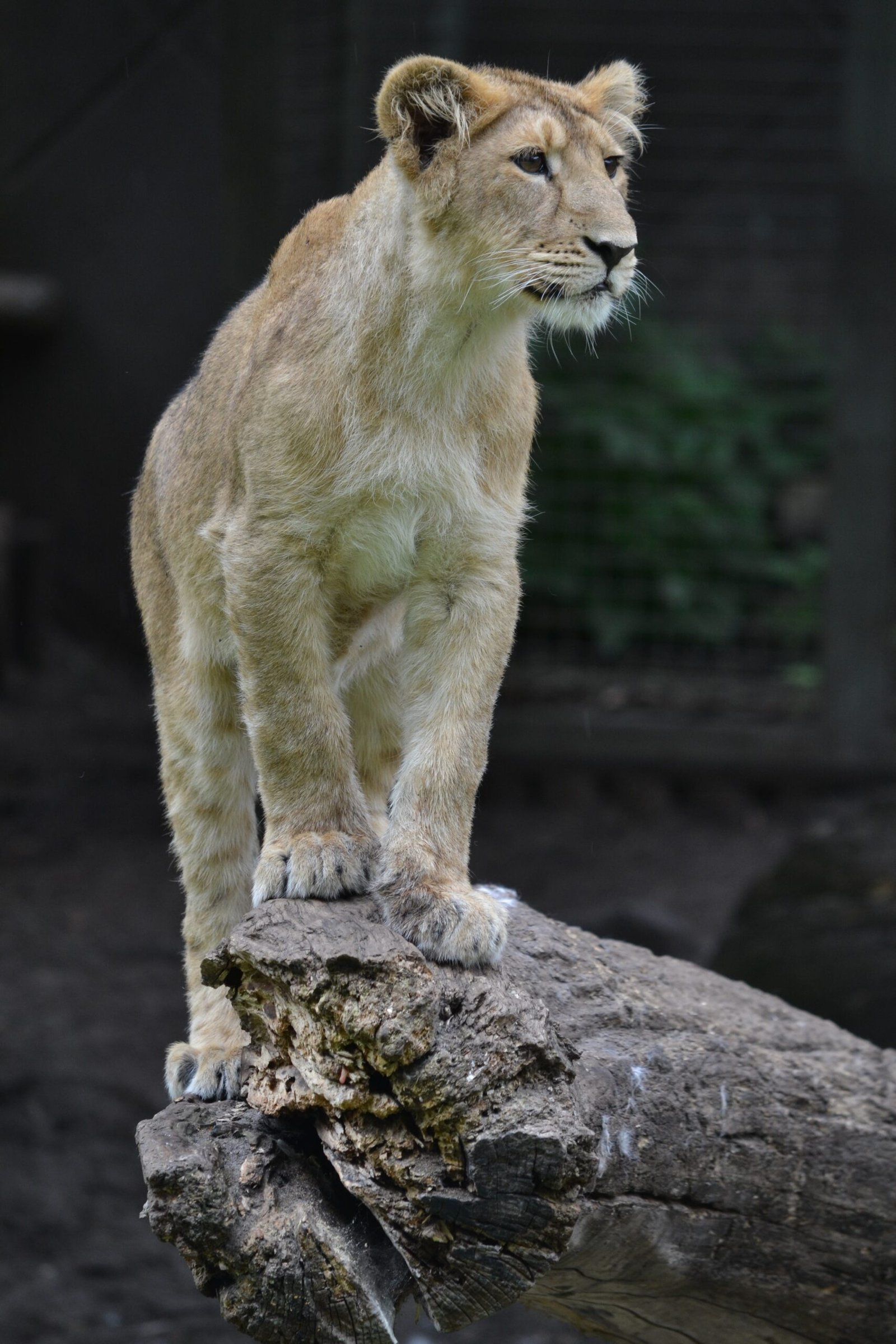
Snow leopards employ patience that borders on the supernatural. They can remain motionless for hours, watching and waiting for the perfect moment to strike. Their hunting style resembles more of an ambush predator than an active pursuer.
When they finally move, it’s with explosive speed and precision. They often approach prey from above, using gravity and surprise to their advantage. By the time their target realizes danger, the snow leopard has already closed the distance.
Camera traps sometimes capture the entire hunt sequence, revealing how these cats can remain invisible until the final seconds of their attack.
The Solitary Lifestyle That Enhances Mystery

Unlike social cats that travel in groups, snow leopards are almost exclusively solitary. This lifestyle choice dramatically reduces their visibility – there’s no pack behavior to give away their location.
They communicate through scent marking and occasional vocalizations, but rarely gather in visible groups. A single snow leopard can control a territory spanning 12-40 square miles, making chance encounters incredibly rare.
Temperature Adaptation That Seems Impossible

Snow leopards possess physiological adaptations that seem almost alien. Their blood contains special proteins that prevent freezing, while their fur can trap air so effectively that their skin temperature remains comfortable even in brutal cold.
They can hunt successfully in temperatures that would quickly kill most mammals. This extreme cold tolerance allows them to remain active when other animals seek shelter, giving them exclusive access to hunting grounds.
Their breathing creates minimal visible vapor, unlike other mammals whose breath betrays their presence in cold air.
Camera Technology Versus Evolution’s Perfection
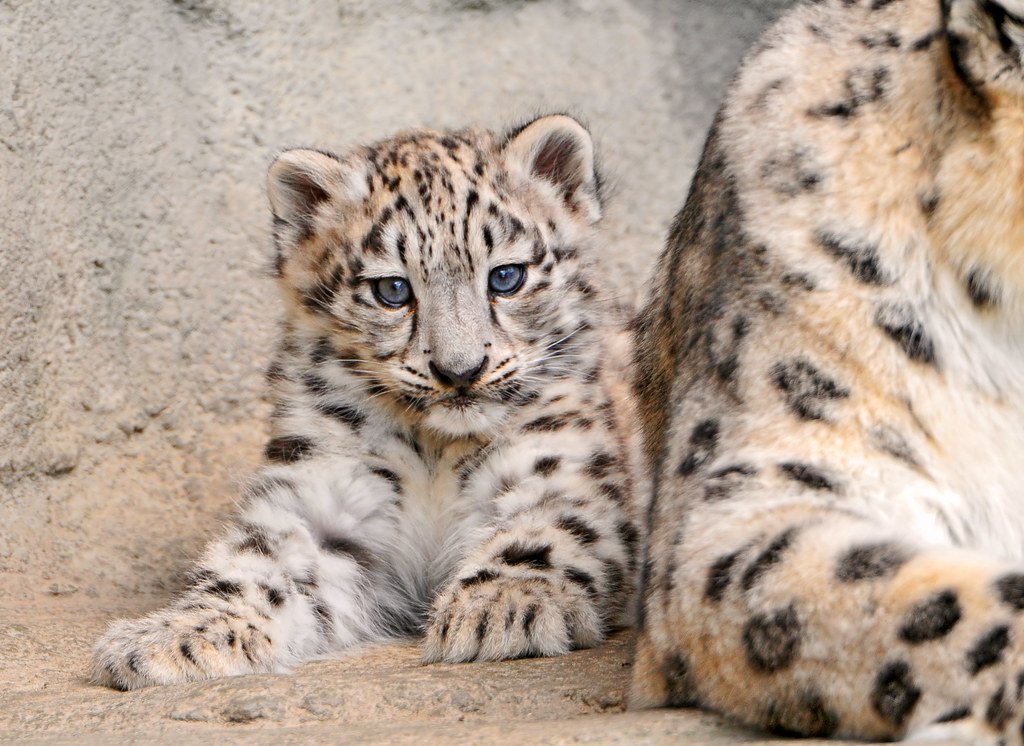
Modern trail cameras use infrared sensors and motion detection, yet snow leopards regularly appear and disappear from footage in ways that seem to defy technology. Their body temperature runs slightly lower than other big cats, sometimes failing to trigger heat-sensitive cameras.
They move with such controlled grace that motion sensors occasionally miss their passage entirely. Wildlife researchers have found cameras with timestamps showing a snow leopard appeared in frame, then vanished, with no recorded movement between shots.
The Vocal Illusions of Mountain Ghosts

Snow leopards can’t roar like other big cats, but they’ve mastered the art of sound manipulation. Their calls – chuffs, growls, and yowls – bounce off mountain walls in ways that make pinpointing their location nearly impossible.
They seem to understand acoustics intuitively, often vocalizing from positions where echoes confuse listeners about their true whereabouts. This audio camouflage is just another tool in their invisibility arsenal.
Seasonal Shape-Shifting Through Fur Changes

Snow leopards undergo remarkable seasonal transformations that enhance their camouflage abilities. Their winter coat grows incredibly thick and pale, perfect for blending with snow-covered landscapes.
During summer months, their fur becomes shorter and slightly darker, matching the exposed rock and sparse vegetation of their alpine environment. This seasonal adaptation means they remain effectively invisible year-round.
The timing of these changes coincides perfectly with environmental shifts, as if they can predict weather patterns months in advance.
The Metabolic Magic That Defies Logic
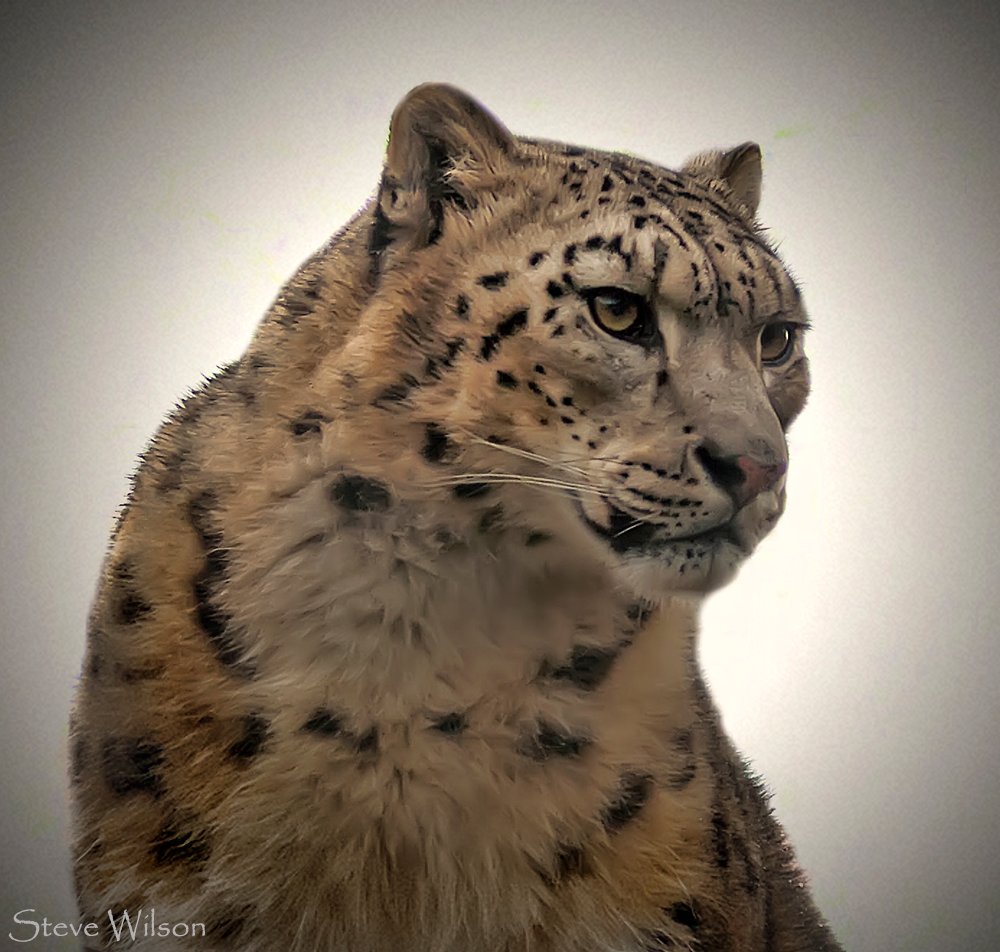
Snow leopards can slow their metabolism dramatically when food becomes scarce, entering a state that resembles suspended animation. During these periods, they become even more ghost-like, moving minimally and conserving every calorie.
This ability allows them to survive in environments where prey animals migrate seasonally. While other predators must follow food sources or risk starvation, snow leopards can wait out lean periods with supernatural patience.
Technology’s Ongoing Battle with Nature’s Stealth Master
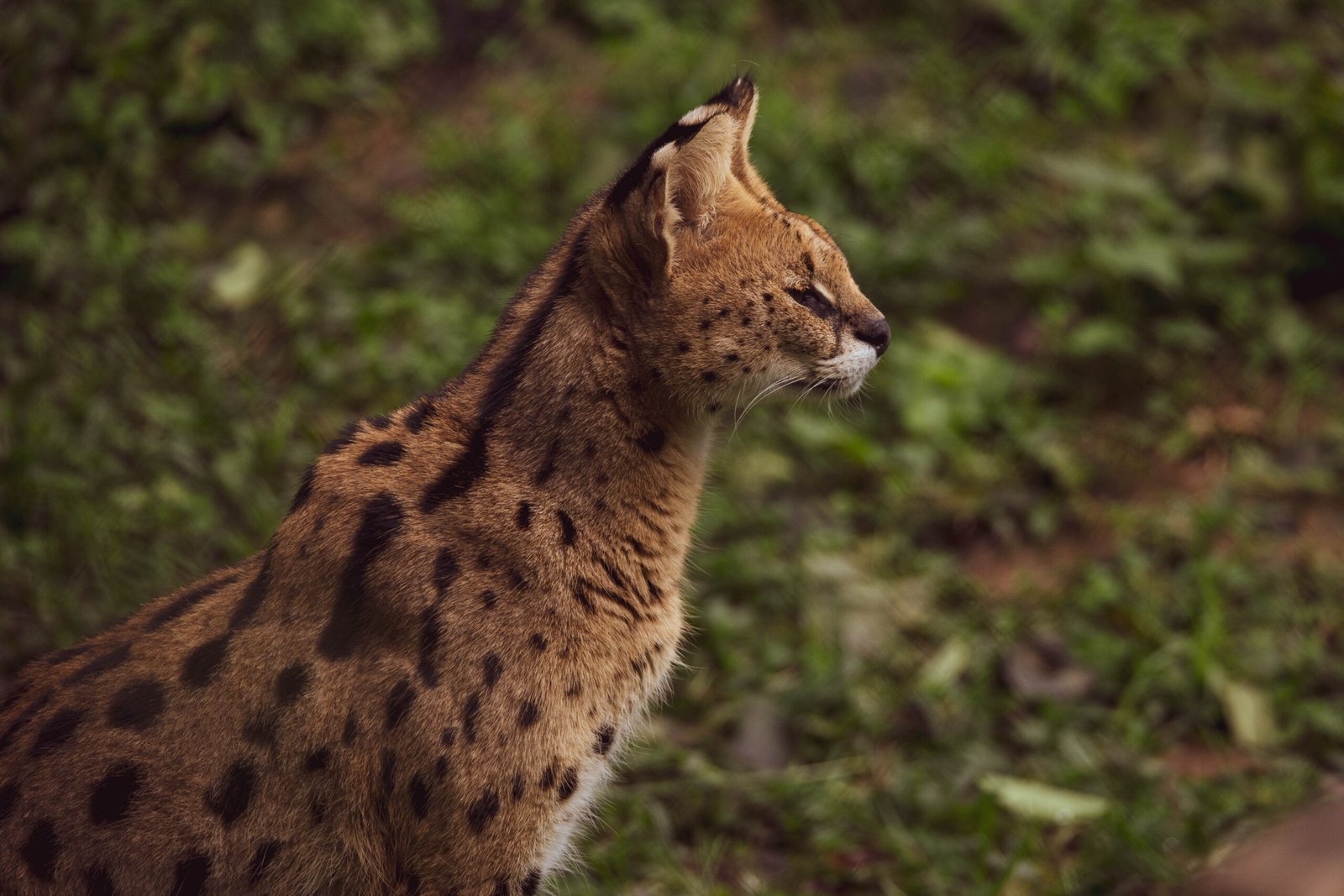
Even as camera technology advances, snow leopards continue to challenge our ability to study them. Satellite collars occasionally lose signals in mountainous terrain, as if the cats have found ways to hide from space-based tracking.
Researchers sometimes joke that snow leopards possess an almost supernatural awareness of human technology. Camera traps positioned to capture their movements often record empty landscapes, while indirect evidence proves the cats passed through the area.
The most advanced wildlife monitoring equipment still struggles to consistently track these master escape artists, proving that millions of years of evolution can outsmart human engineering.
Conservation Challenges of Protecting Invisible Cats
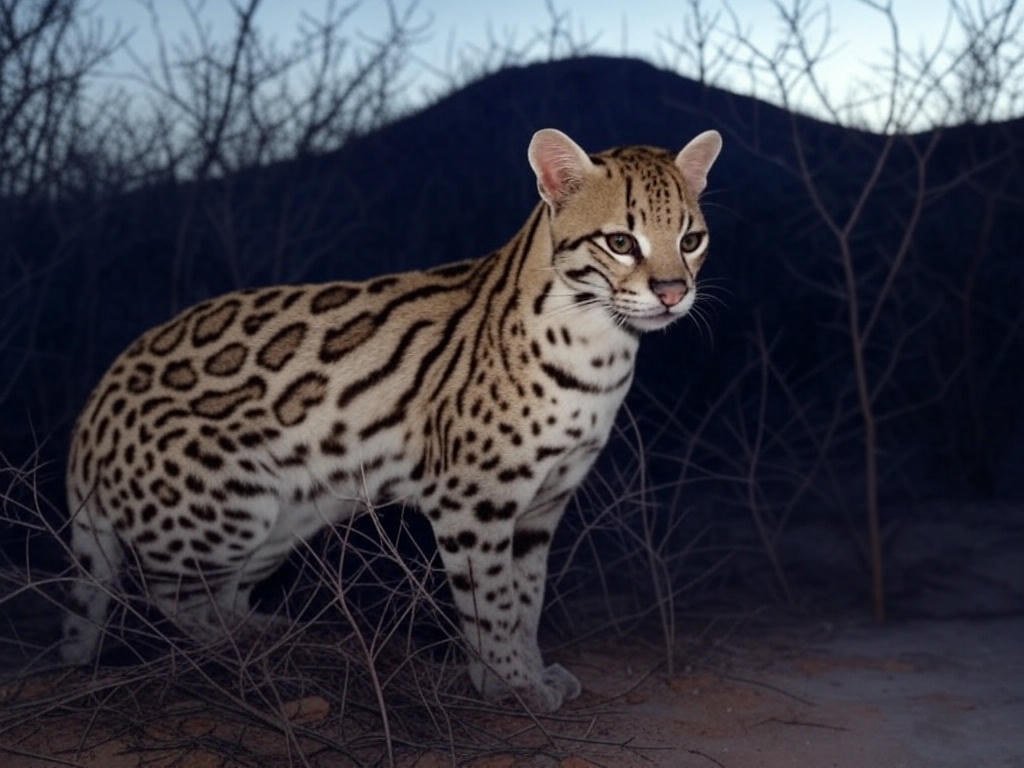
How do you protect an animal you can barely prove exists? Snow leopard conservation faces unique challenges precisely because these cats are so difficult to study and monitor.
Population estimates vary wildly because researchers can’t reliably count animals that refuse to be seen. Some estimates suggest as few as 4,000 snow leopards remain in the wild, but the true number could be significantly higher or lower.
Their invisibility, while essential for survival, makes it nearly impossible to assess the effectiveness of conservation efforts or track population trends accurately.
The Future of Studying Mountain Phantoms
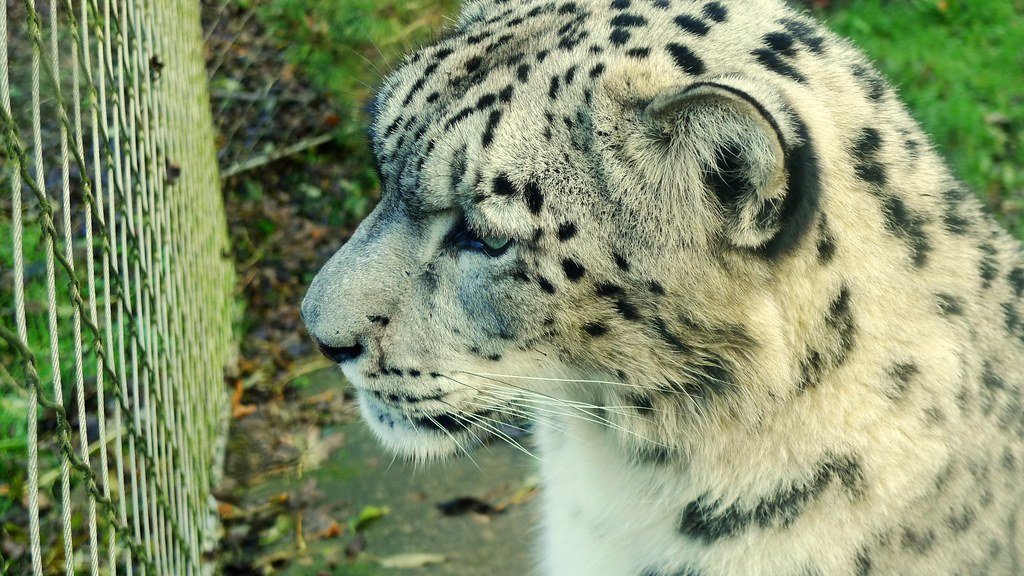
Scientists continue developing new technologies to study snow leopards, from environmental DNA sampling to advanced acoustic monitoring. Each breakthrough reveals new aspects of their ghost-like behavior while simultaneously highlighting how much remains unknown.
Artificial intelligence and machine learning now help researchers identify snow leopards in camera trap footage, but even these tools struggle with the cats’ natural camouflage abilities. The challenge isn’t just technical – it’s biological.
Perhaps the most remarkable aspect of snow leopards isn’t their ability to vanish, but their capacity to thrive in a world increasingly dominated by human technology while maintaining their ancient secrets. In an age where satellites can track individual animals across continents, these mountain ghosts remind us that nature still holds mysteries worth preserving.
What other secrets might these phantom cats be keeping in their high-altitude sanctuaries?
Hi, I’m Bola, a passionate writer and creative strategist with a knack for crafting compelling content that educates, inspires, and connects. Over the years, I’ve honed my skills across various writing fields, including content creation, copywriting, online course development, and video scriptwriting.
When I’m not at my desk, you’ll find me exploring new ideas, reading books, or brainstorming creative ways to solve challenges. I believe that words have the power to transform, and I’m here to help you leverage that power for success.
Thanks for stopping by, Keep coming to this website to checkout new articles form me. You’d always love it!






